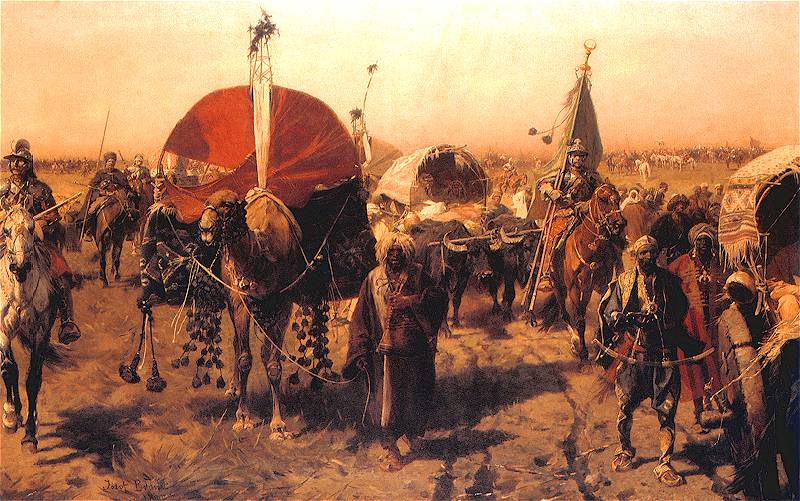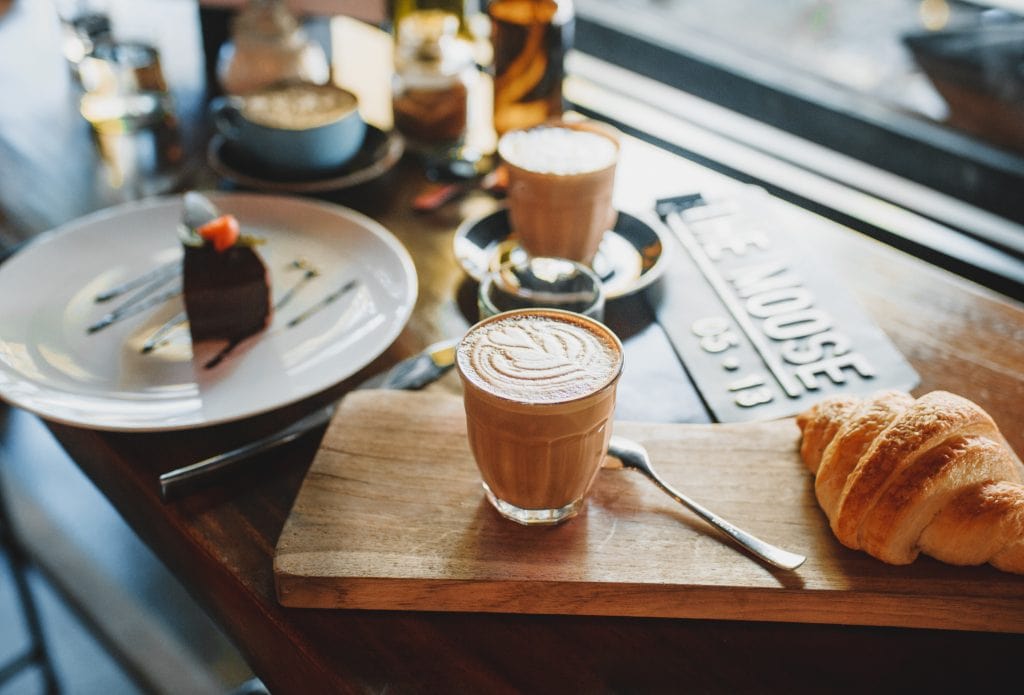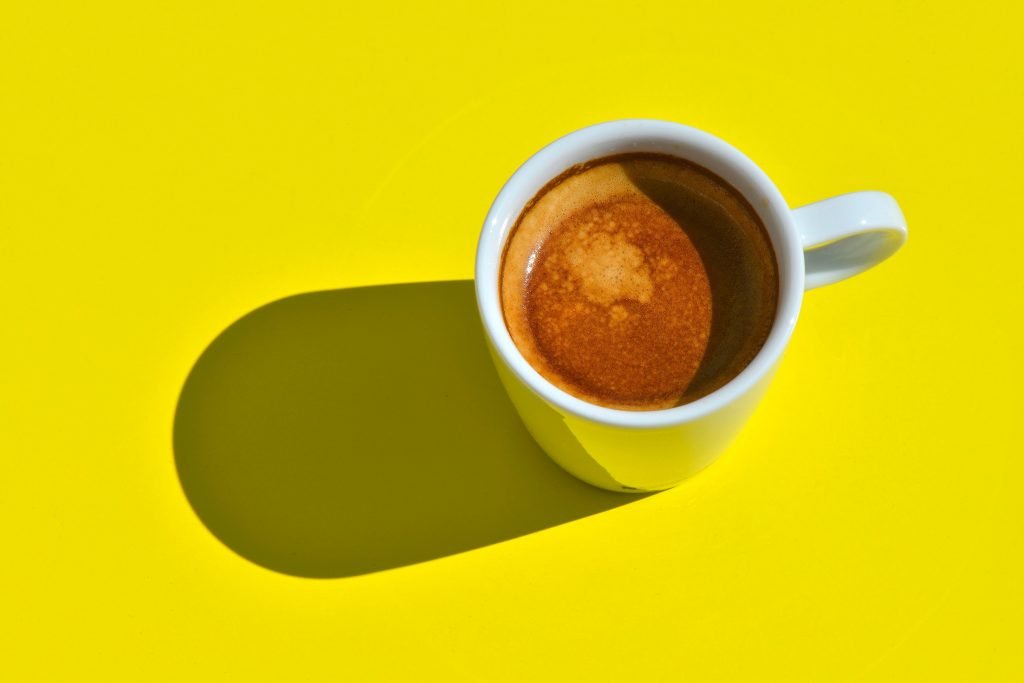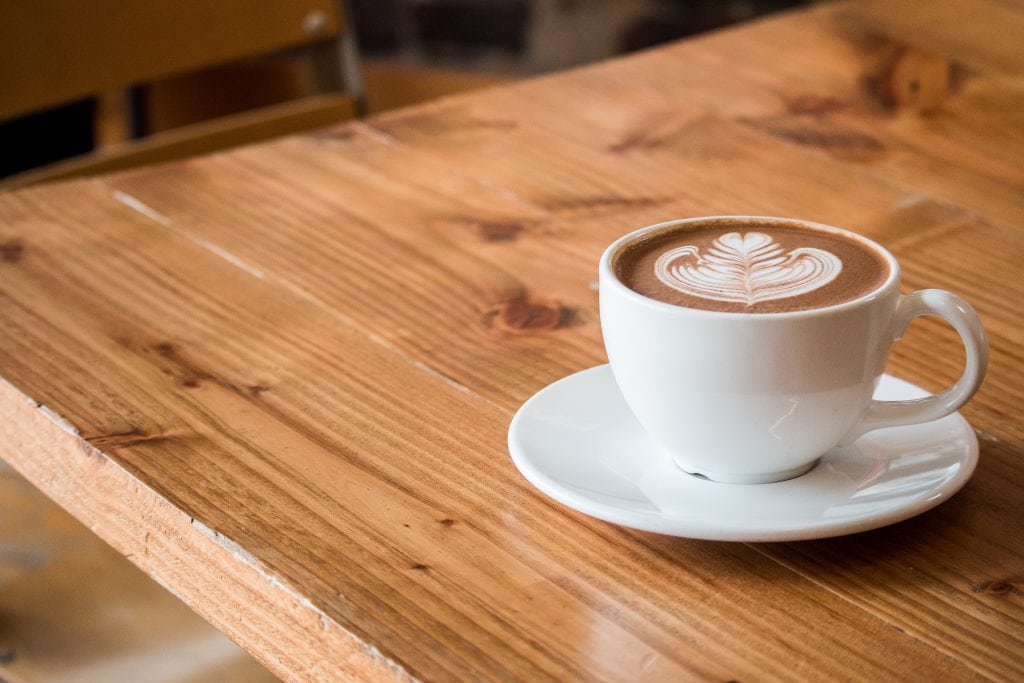The cappuccino was my absolute favorite when I was a kid. The first time I tried it, I was out with my parents at a local gelateria in Caracas, my home city.
It wasn’t what we would call a proper cappuccino today. It was rich, creamy, sweet, and savory. Moreover, it tasted more like a dessert than an espresso drink. I drank it for years, so I can’t forget it had a double espresso with a whipped cream top dusted with cinnamon.
More than 30 years later, after I tried it for the first time, I still remember how rich and delicious it was. We were living in the late eighties, and I was less than ten years old. In Venezuela, kids could easily drink coffee at that time. Moreover, nobody knew -or cared- about fat and sugar. Well, not as much as we do now, for sure.
Later on, I fell in love with what we know now as cappuccino. For most of us today, the Italian cappuccino has become the proper one. However, cappuccino doesn’t have a simple history, and most standards aren’t rooted in tradition.
Even cappuccino’s name has become somewhat controversial. To this day, I haven’t found any other coffee drink with a rich history like the cappuccino one.
If you don’t believe it, let me start. The history of cappuccino involves:
- A legendary monk and saint.
- The clash of the most powerful empires of the XVII century.
- Espresso’s rise in the early XX century.
Let’s start with the battle.
The Battle of Vienna
Many historians remember the role of Marco d’Aviano before the Battle of Vienna in 1683. The battle itself is quite significant because it stopped the Ottoman Empire from capturing Habsburg’s beloved city: the European garden’s golden apple. Indeed, Vienna was the most iconic city of the Holy Roman Empire at that time.
Warfare researchers claim the battle had the largest cavalry attack recorded ever: 18,000 horsemen launched a coordinated attack to deliver the coup de grâce against the Ottoman forces. Strangely enough, there are a few culinary legends related to the aftermath, including a recent interpretation of the birth of cappuccino.
Marco d’Aviano: A Holy Legend
In 2003, Pope John Paul II beatified Marco d’Aviano because of his spiritual strength and widespread influence. However, many historians can’t forget his crucial role as the trusted advisor and confidant of Emperor Leopold I.
For that matter, Leopold I was the Holy Roman Emperor. He led the Holy League -an alliance between Protestant and Catholic armies- against the Ottoman Empire.
As the story goes on, the Franciscan monk rallied the Holy League forces at the morning mass before the battle. Moreover, both Pope Innocent XI and Emperor Leopold I gave him the Holy League army unification task.
However, I don’t think Capuchin’s influence over the Holy League happened due to an isolated event during the morning mass before the battle. Marco d’Aviano was the Emperor’s closest advisor. Research suggests that he worked patiently and silently for months before the match. D’Aviano was close enough to the Emperor to know that it was necessary to build an alliance with Protestants to defend the Holy Roman Empire against the Ottomans.
There is no evidence whatsoever that Marco d’Aviano had political interests. On the contrary, most documents point out that he was honestly concerned about the Holy Roman Empire from a religious and personal standpoint.
Regardless of his goals, research suggests Marco d’Aviano helped military leaders agree on their most basic shared principles and goals and encouraged the soldiers to pray.
What has all of this to do with the history of cappuccino?
The Battle of Vienna aftermath was devastating for the Ottomans. They left everything behind them, in a desperate retreat. Artists, historians, and archeologists agree on the abundance of the bounty the Holy League captured after the battle.
Yet, there was something particularly remarkable about the bounty. The Ottomans used to carry a lot of coffee with them. So, the Holy League army was astounded when they found it. According to the legend, the Roman soldiers found it too bitter for their taste, so they decided to mix it with cream and sugar. And so, when they looked at the red-brown color of the resulting drink, it reminded them of the hooded robes of the Franciscan habit. They named the beverage after their heroic and spiritual leader, Marco d’Aviano: a unique cappuccino himself.

Can it be true?
There isn’t too much historical evidence about the legend. According to some authors, this story just appeared at the end of the XX century. There isn’t any mention of it in biographies of Marco d’Aviano, neither any serious historic study talks about it.
Albeit, it can be true, I wouldn’t give too much credit to the legend. However, in an interview regarding Marco d’Aviano beatification in 2003, Cardinal Saraiva Martins shared a fascinating insight about it.
An Italian dessert commonly confounded with the croissant could be more related to the Battle of Vienna victory than the cappuccino. According to Cardinal Martins, the story tells that Viennese bakers were making rolls at night when they noticed that Ottomans were tunneling to set mines. They saved the city walls and contributed to the Holy Roman Empire’s victory. As a reward, they received the imperial privilege to mold their cornetti in the half-moon shape.
So, which came first? The cornetto or the cappuccino? We might never know. However, I am sure both make an excellent pair!

Most researchers point out that the cappuccino comes from Vienna. Its ancestor is the kapuziner, served in many cafés currently as a Viennese coffee. Surprisingly, for me, the kapuziner is just like my first cappuccino: a double espresso with whipped cream on top, cinnamon, and cocoa powder. Interesting, isn’t it?
Kapuziner: The Original Recipe
“The origin of the cappuccino is not linked to a monk’s hairstyle, as is often cited. Its origins are Viennese and refer to the brown robes of a Capuchin monk, with the color relating to the strength of the coffee-and-milk mix.”
The Coffee Dictionary: An A-Z of coffee, from growing & roasting to brewing & tasting. Maxwell Colonna-Dashwood.
The word cappuccino, in Italian, didn’t appear in cafes until the XX century. On the contrary, Austrian coffee shops have used the German expression kapuziner since the late XVII and early XVIII century.
The original recipe included “coffee with sugar, egg yolks, and cream,” as depicted in historical documents. Later, the recipe evolved, and it became more common to use cream to obtain the desired red-brown color of the mix.
In the following decades, recipe variety grew in Vienna cafes, particularly during the XIX century. Some studies claim that kapuziner recipes included not only cream and sugar but sometimes had spices as well.
For centuries, the kapuziner has been a local favorite in Austrian cafes. Many coffee shops worldwide serve the kapuziner under the name of Viennese coffee, or Vienna-style coffee, among other variations. Yet, all of them use whipped cream on top of a double or triple espresso.
Chocolate shavings and cinnamon powder are common add-ons. Depending on the country, some cafes will offer these as optional toppings so that you can choose.
The Rise of Espresso

There is a missing piece in this puzzle. It’s how the Viennese kapuziner transformed into the worldly acclaimed Italian cappuccino.
Curiously enough, Italian coffee culture has become the most influential for coffee drinks in the world. Unsurprisingly, most coffee shops use Italian names for their drinks. In this regard, the espresso machine is one of the strongest coffee quality icons.
In this regard, Maxwell Colonna-Dashwood claims that espresso is “the driving force behind the modern coffee shop phenomenon that has spread around the world.”
For sure, in a few decades, a handful of brilliant Italian minds transformed the world of coffee. Although Angelo Moriondo patented the first steam-based coffee maker for commercial use, as early as 1884, Luigi Bezzera improved the original concept enough to have good reception among coffee shop owners by 1903. Yet, the espresso as we know it would have been impossible without Achilles Gaggia’s work, who released the first steamless espresso machine in 1938.
Gaggia’s machine was the first one able to deliver a 9-bar of pressure. Yet, coffee extracted under such conditions created a peculiar feature that no one associated with coffee before. Mr. Gaggia was brilliant enough to take advantage of it and devised one of the best marketing stunts we know of. And in this way, espresso crema was born.
Coffee extraction over high-pressure creates a thin layer of foam on top of the coffee due to carbon-dioxide bubbles combined with coffee beans oils. Although it was likely to have bad reception, Gaggia took advantage of it and gave the name of crema to the mysterious foam. Since then, that foamy layer on top of espresso has become a synonym of the drink quality, although it is a bit overrated.
Yet, espresso strength and oily consistency offer a unique mouthfeel, impossible to obtain with filter brewing methods. In this regard, an espresso-based cappuccino is unique and the point of reference for cappuccino today.
Additionally, the late incorporation of the frothing wand to the espresso machine opened the gates for a new way to coffee drinking.
Surely enough, the creation and evolution of espresso, until its current form, led to the modern, and most known, Italian cappuccino.
The Italian Cappuccino: A disputed tradition

It’s hard to know when or how Italian baristas transformed the Kapuziner into their cappuccino. Yet, most differences are technologically enabled.
First, pasteurized and refrigerated milk was only possible after a few decades into the XX century. Both were indispensable for an espresso-based cappuccino in cafes.
Second, as I explained before, the espresso machine offers an entirely different coffee base for the drink, mostly because espresso has a unique strength, body, and flavor.
Third, the incorporation of the frothing wand enabled the creation of milk microfoam. Although the frothing wand wasn’t part of the first espresso machines, it has become essential for cafe culture since its creation.
Nonetheless, the Italian sensibility and love for coffee made it possible that this technological advancement set enriched coffee culture so dramatically.
Even today, the most respected and admired espresso machines are Italian, which isn’t a minor feat, considering that coffee shops from every corner in the world have an espresso machine.
The cappuccino recipe is still debated, and there isn’t any golden standard rooted in tradition. Most recipes are arbitrary, with some conventional rules like the three thirds: one of milk foam, one of milk, and one of espresso. Yet, such standards are hard to measure and replicate.
Perhaps the most respectable cappuccino standards ever existed come from the World Barista Championship. However, they were extremely challenging, and a tiny elite could ever aspire to reach them.
Well, World Champions should always be an elite. For that matter, nobody expects a top 1% world-class cappuccino at a regular coffee shop -or shouldn’t expect it, anyway. However, the World Barista Championship organization changed their rules for some reason, and they haven’t asked for a cappuccino course since 2016.
Since then, we can only retrieve the world-class recipe, which most baristas considered the most formidable challenge:
“1:3 to 1:4 coffee ratio of espresso and steamed milk with an aeration percentage of 50-66%; served in a cappuccino cup with a volume of 150-200 ml”
Barista Hustle
Today, this cappuccino course can be a real challenge, even for the most skilled baristas out there.
Fortunately for us, anyone can prepare a decent cappuccino at home, even without an espresso machine.
If you want to try it at home, you will only need a Moka pot and french press. Check former World Barista Champion James Hoffmann’s video, explaining it in full detail for us:
And if you want to learn more about coffee brewing, I wrote another article with my top tips.



Very complete history about one of the world’s favorite coffee!!! Love it
Thank you!
So good to know the history behind my favourite coffee.
I am glad you liked it!